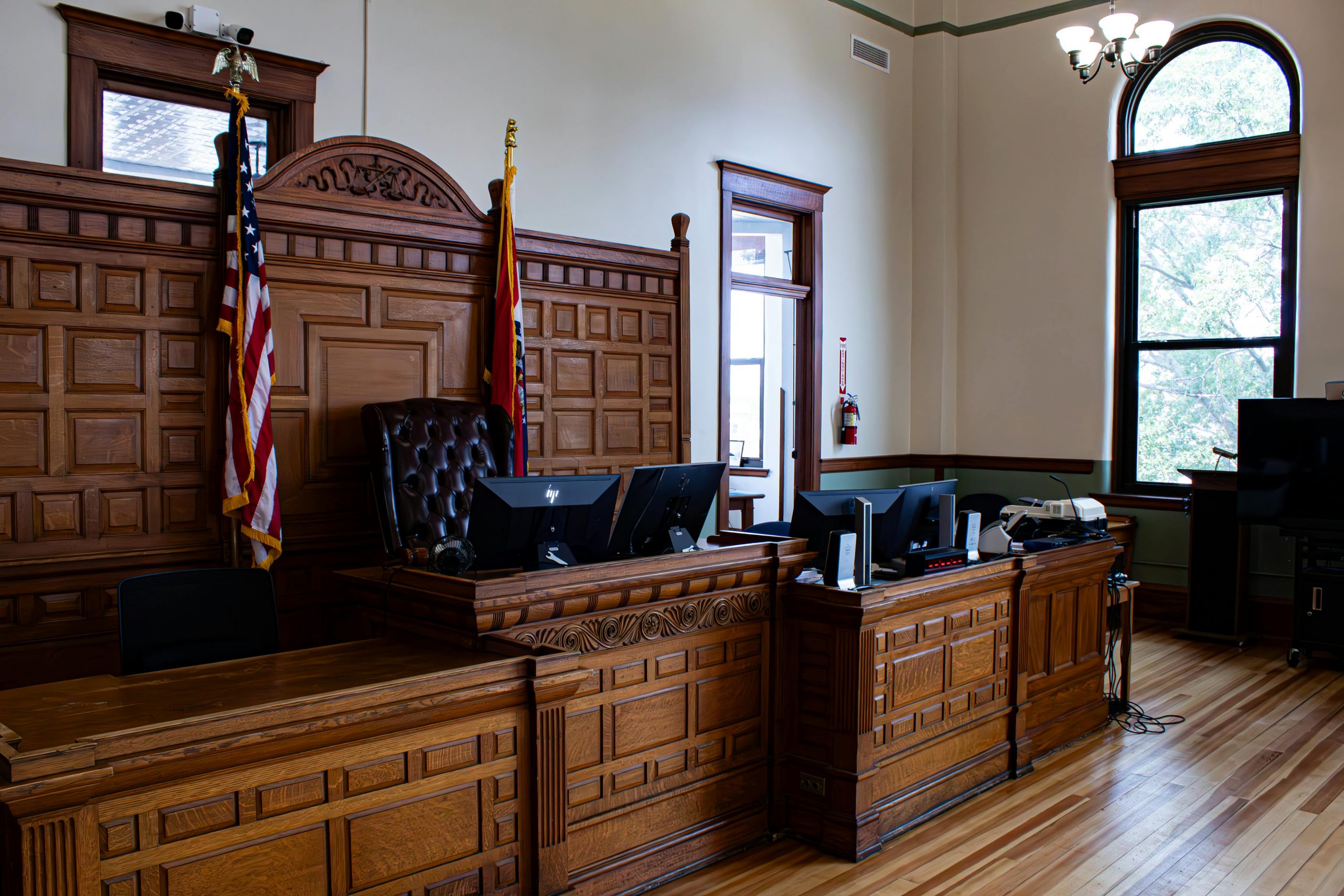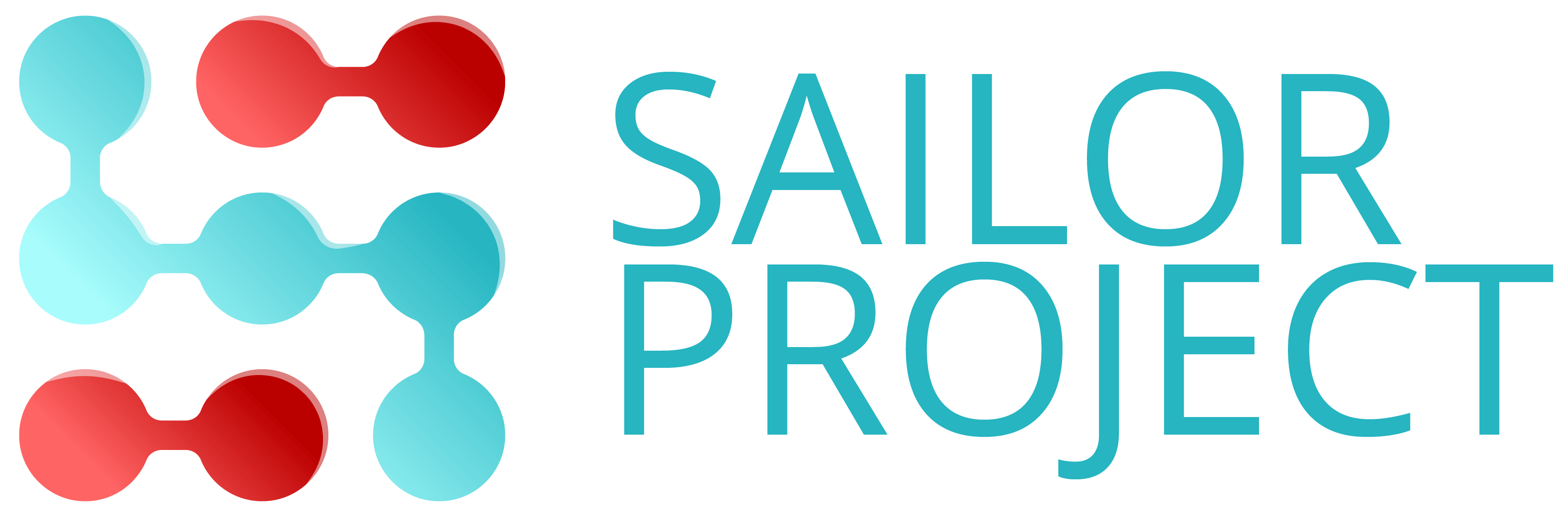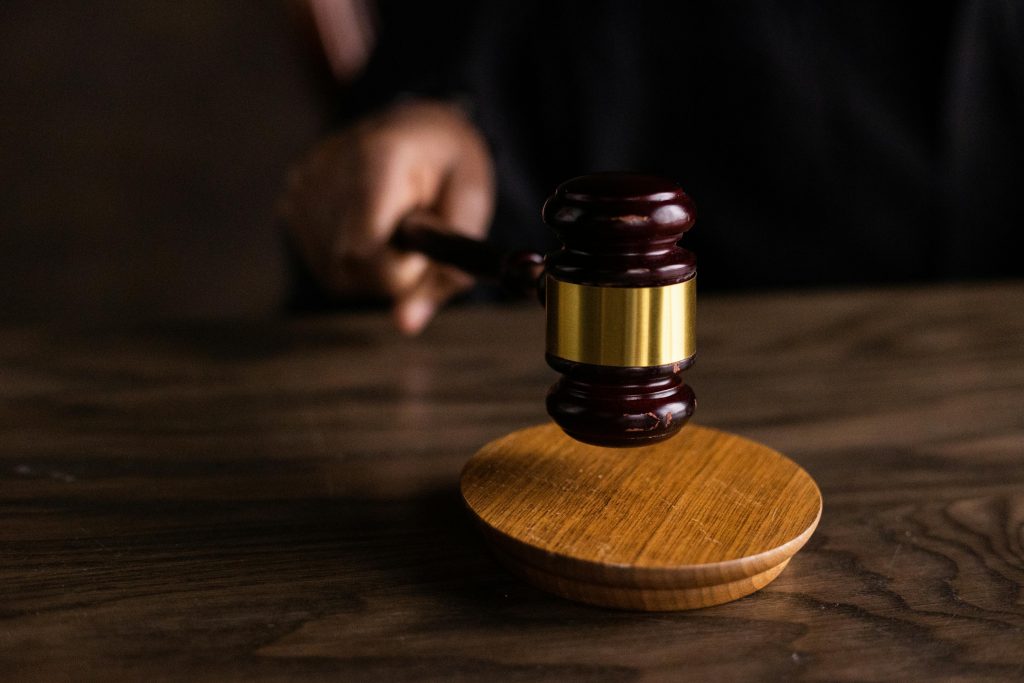- Understanding the phases of a civil lawsuit is essential; each phase, from pre-litigation to conclusion, impacts the case’s outcome and individual rights.
- The pre-litigation phase involves gathering evidence and considering settlement options before formal proceedings begin, setting the case’s foundation.
- Pleadings filed by plaintiffs and defendants frame the litigation scope, determining the legal issues and facts to be contested in court.
- The discovery phase allows both parties to exchange information, which is crucial for building a case strategy and effectively preparing for trial.
- Appeals offer a route to contest trial outcomes based on legal errors, with the appellate process focusing on reviewing court decisions.
For anyone stepping into the world of law, the labyrinthine structure of a civil lawsuit can seem daunting. From the initial consultation to the post-trial motions, the process is deliberate, complex, and backed by centuries of legal tradition. This guide is designed to demystify the various phases of a civil lawsuit, providing a comprehensive map for law students and legal professionals to understand the path that leads to a resolution in the civil court system. We will give you an insider’s perspective on each phase, brimming with insights that can only be gathered from the frontlines of legal practice.
Introduction to Civil Litigation
Civil litigation is the legal process of resolving a dispute between two or more parties through the court system. This pathway is chosen when negotiations or alternative dispute resolution methods fail to produce a resolution, with the civil court serving as the referee to enforce or defend a legal right. The goals are typically to seek monetary damages, specific performances or injunctions, and declarations of right.
Civil litigation can be initiated by anyone who can file a complaint or petition, setting forth a claim and invoking the state’s power to protect their rights or to acknowledge the wrongdoing of another. To begin, the plaintiff’s lawyer files this complaint with the appropriate court, and the court then serves the defendant with a summons. The defendant can respond with an answer, including counterclaims or defenses. The facts alleged by the plaintiff and defenses presented by the defendant dictate the time and nature of the following proceedings.
Understanding the Phases of a Civil Lawsuit
The path to justice in civil litigation is segmented into several distinct phases. Each serves a specific purpose in the pursuit of truth and the determination of rights.
Initial Consultation and Hiring a Professional

The first and most pivotal phase in the process is seeking legal counsel. This may be one of a prospective plaintiff’s most important decisions, as not all legal cases are created equal. Consulting with a professional from the onset ensures that you understand your case’s strengths and weaknesses and the potential strategies that could lead to a successful resolution.
First, you must schedule a consultation with a civil litigation attorney specializing in the area of law under which your case falls. Be prepared to share the details of your case. This could include providing contracts, evidence, or correspondence related to the dispute. The lawyer will then assess the merits of your case, the potential damages, and the feasibility of pursuing legal action.
During this phase, transparency is key. Your attorney will act as your guide; the more they know, the better they can represent you.
The Attorney-Client Relationship
Once you hire a lawyer, you establish an attorney-client relationship protected by confidentiality. Your lawyer will be your advocate, bound by a code of ethics, and with a duty to provide competent representation in your best interests.
Building the Foundation of Your Case
Your lawyer will begin by gathering evidence, researching the law, and preparing your case for filing. This could involve further investigation, obtaining expert opinions, or contacting potential witnesses. A well-prepared case lays a strong foundation for engaging in the lawsuit’s next phase.
Filing of The Complaint or Petition
The filing of a complaint or petition formally initiates the lawsuit. This document outlines the claims, or causes of action, against the defendant and the relief sought by the plaintiff. It also provides the factual and legal basis for the lawsuit.
This phase requires precision. Legal formalities must be followed, and the proper court and jurisdiction must be chosen. The complaint must be served on the defendant, usually by a process server, and the plaintiff must then file proof of service with the court.
Crafting the Complaint
A well-crafted complaint is clear, concise, and organized. It must meet specific legal requirements, which your attorney will ensure are met. It should include a short and plain statement of the plaintiff’s claims, jurisdictional grounds, relief sought, and a demand for judgment for the damages the plaintiff believes they are owed.
The Importance of Proper Service
Once filed, the complaint and summons must be served on the defendant according to the rules of civil procedure. This alerts the defendant to the claims against them and initiates their obligation to respond.
The Discovery Phase
After the complaint and answer are filed, the discovery phase commences. Discovery is a pre-trial procedure where each party can obtain evidence from the opposing party and related third parties. The purpose is to allow each side to see and understand the evidence presented at trial and to prevent any trial by ambush.
Pre-Trial Motions and Hearings

Before trial, each party can make motions—a formal request for the court to take a specific action. The court may hold hearings on these motions to hear arguments and decide the issues.
The Trial
The trial is the culmination of the civil litigation process. In it, the parties present their cases to a judge or jury. It is an adversarial proceeding in which the rules of evidence and procedure are strictly followed.
Post-Trial Motions and Appeals
After the trial, several post-trial motions may be filed, including motions for a new trial or to amend the judgment. These motions can challenge the trial’s fairness or the judgment’s correctness.
Conclusion
Understanding the phases of a civil lawsuit is crucial for anyone involved in or considering litigation. Each phase presents opportunities and challenges that can significantly impact the case outcome. By navigating these phases with knowledge and preparation, you can ensure that your rights are protected and you have the best chance of achieving a favorable resolution.
The processes and procedures outlined above are fundamental to civil litigation. While they may vary slightly depending on your case’s jurisdiction and specific circumstances, the general framework remains the same. Armed with the insights provided in this guide, you can approach the undertaking of a civil lawsuit with a deeper perspective and a heightened ability to advocate for your interests within the bounds of the law.





